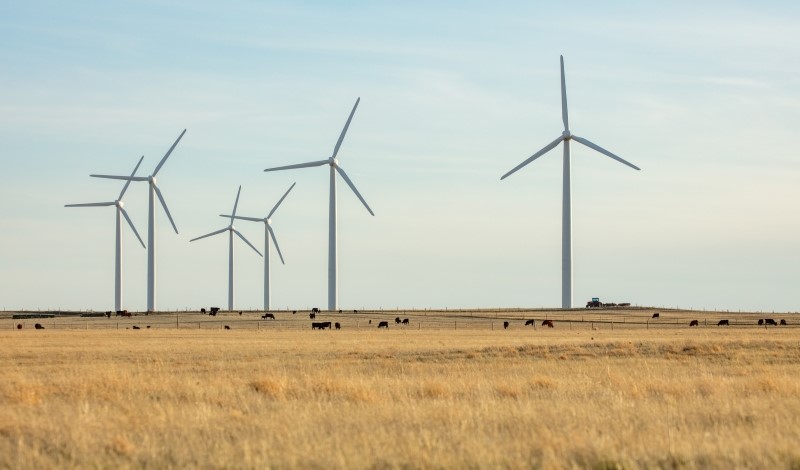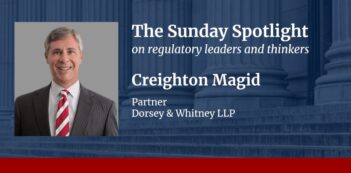
Congress and agencies should make better use of land use authorities to meet clean energy goals.
What is one aspect of the energy transition that people often overlook? Land.
The Biden Administration is calling for an increase in U.S. renewable energy through a number of orders. For example, the Administration has directed that 100 percent of the electricity the federal government procures be carbon-free by 2030. Most, if not all, of that electricity will need to be backed by renewables.
Because wind and solar energy can require at least 10 times more land than coal or gas plants to produce the same amount of energy, the government is going to need find a lot of available land to support its call for increased renewable energy capacity.
Fortunately, the federal government is the biggest owner of land in the United States, holding roughly 640 million acres—nearly a third of all land in the country.
One underused tool available to federal agencies to help meet the Administration’s land use and clean energy needs is known as an enhanced use lease (EUL).
Congress grants EUL authority to federal agencies to allow them to lease to third parties land under the agencies’ control. In exchange for land, a third party pays the agency back either in cash or “in-kind payments,” such as by providing goods or services to the agency.
Agencies have contracted for different types of in-kind payments. The U.S. Department of Veterans Affairs, for example, has leased land to private parties in exchange for the construction of homes for veterans.
Other agencies have leased land in exchange for utility services that generate renewable power for the agency. For instance, the National Aeronautics and Space Administration (NASA) leased land to a Florida power utility. In exchange, the utility constructed and now operates a solar generation system, which provides NASA with a portion of the power it needs.
The U.S. Department of Defense has also contracted for energy-producing EULs at some of its military facilities. The U.S. Air Force, for example, stated in 2014 that it was leasing land for eight energy-based EULs “with the potential to produce approximately 928 megawatts of energy,” which is enough energy to power about 1 million homes. To date, however, the Air Force has not stated how many of these EUL contracts it has entered into.
The only limit on how much energy an agency with EUL authority can contract out is the amount of available land the agency has at its disposal. Although statutory requirements vary by agency, the statutes typically state that land must be “underutilized or excess” to qualify —meaning an agency is not using the land when it enters into an EUL contract nor does it foresee needing it for the contract’s duration.
Although EULs can be beneficial for some agencies, Congress has failed to give every agency this authority.
The only agencies that hold EUL authority today are the Defense Department, the Department of Veterans Affairs, the U.S. Department of Energy, the U.S. General Services Administration, and NASA. The U.S. Department of Agriculture (USDA) once held the authority to enter into EULs, but that authority expired in 2013.
Unfortunately, agencies that currently have the authority to enter into EULs are not the agencies that hold the most land. Of the 640 million acres of land the federal government owns, the U.S. Department of Interior and USDA collectively hold roughly 606 million acres. But neither of these agencies currently possess EUL authority.
The biggest gamechanger would be for Congress to grant the Interior Department and USDA EUL authorities.
A reticent Congress should note that EULs are beneficial for more than just clean energy potential. The Congressional Research Service found that EULs can grant private developers access to otherwise inaccessible land through attractive long-term leases and market rate returns. These researchers also found that EULs benefit local communities through “general economic stimulus, potential tax revenues, job creation, and further community investment.” Agencies that already use EULs have praised their ability to meet renewable energy, energy security, and asset management goals alike.
Meanwhile, agencies that already hold EUL authority should consider making better use of that authority by leasing more of their unused land for renewable power.
Publicly available information places the estimate of energy-based EULs that agencies have completed or are currently constructing in the teens, at most. This estimate is but a fraction of what agencies that do have EUL authority could be creating, given that these agencies have millions of potentially usable acres of land at their disposal.
Members of Congress should, at the very least, direct the U.S. Government Accountability Office (GAO) to look into EULs as a means of procuring more carbon-free electricity. Although GAO publishes hundreds of reports a year, it has not comprehensively reported on EULs since 2011, when it published a report discussing why EUL programs require more attention. And even then, GAO’s focus was on EULs in general rather than on their use for renewable energy production.
Because EULs can take years of planning and construction before becoming operational, the sooner that Congress and agencies act, the sooner the government and private parties can take advantage of EULs. To help meet the Administration’s clean energy goals, the government needs to take better advantage of an underused yet available resource for renewable energy: land.



